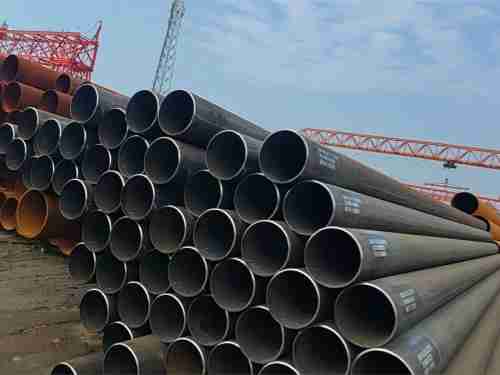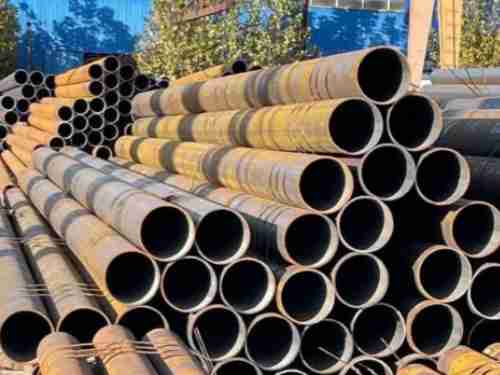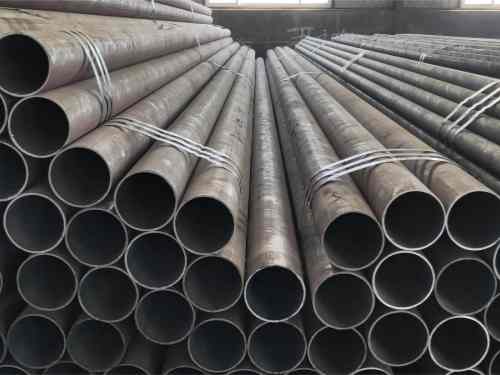Galvanized angle steel is a type of carbon structural steel widely used in construction. With its simple cross-section design, it plays a crucial role in metal frameworks and structural components. During use, it must exhibit good weldability, plastic deformation capability, and sufficient mechanical strength. The production process begins with a low-carbon square billet, and the final product is delivered in hot-rolled, normalized, or hot-rolled states. As an anti-corrosion upgrade to traditional steel materials, galvanized angle steel is extensively applied in construction, power systems, telecommunications, and other industries, where its classification and quality significantly impact project longevity and safety.
Classification of Galvanized Angle Steel
- Based on Galvanizing Process
Hot-dip galvanized angle steel: The steel is immersed in molten zinc, forming a zinc layer ≥85μm (per GB/T 13912 standard). This ensures strong corrosion resistance, making it ideal for long-term outdoor use.
Electro-galvanized angle steel: Zinc is deposited through electrolysis, resulting in a zinc layer of 8-15μm. While more cost-effective, it offers weaker weather resistance, making it more suitable for indoor or short-term applications.
- Based on Surface Treatment
Passivated galvanized angle steel: The zinc layer undergoes a chromate passivation process, forming a protective rainbow or white film that enhances resistance to salt spray for over 72 hours (per ASTM B633 standard).
Unpassivated galvanized angle steel: The zinc layer remains exposed, making it prone to oxidation and discoloration unless additional coating protection is applied.
- Based on Application
For building structures: Typically made from Q235B material, offering moderate strength, commonly used in brackets and trusses.
For power transmission towers: Made from Q345B material, featuring higher strength and resistance to wind and seismic forces, conforming to GB/T 2694 standards.
For marine applications: Designed for seawater corrosion resistance, featuring an extra-thick zinc layer ≥110μm to withstand harsh marine environments.
Five Core Indicators of Quality Control
- Galvanized Layer Thickness
Hot-dip galvanizing: Average thickness ≥85μm (for DN≤65mm), local minimum ≥70μm.
Electro-galvanizing: Average thickness ≥12μm, suitable for lightly corrosive environments.
- Adhesion Testing
Uses the cross-hatch test (ASTM D3359). If the zinc layer remains intact, it passes.
Alternatively, the bending test (GB/T 2976) ensures the zinc layer does not peel off after a 180° bend.
- Surface Quality
The zinc coating should be uniform, without nodules, gaps, or defects.
Minor color variations are acceptable, but deformations should not exceed 2mm/m.
- Dimensional Accuracy
Side width deviation:
±0.8mm for angles ≤50×50×5mm
±1.2mm for angles ≥100×100×10mm
Wall thickness deviation: ±10%
- Mechanical Properties
Yield strength: ≥235MPa (for Q235B)
Tensile strength: ≥375MPa
Elongation after fracture: ≥26% (per GB/T 706 standard)
Conclusion
The classification and quality of galvanized angle steel directly influence the total lifecycle cost of a project. By selecting the appropriate galvanizing process and maintaining strict quality control, its service life can exceed 15 years, even in harsh environments. Looking ahead, advancements in eco-friendly galvanizing techniques and intelligent quality inspection systems will shape the future of this industry, enhancing durability and sustainability.

 English
English Español
Español











